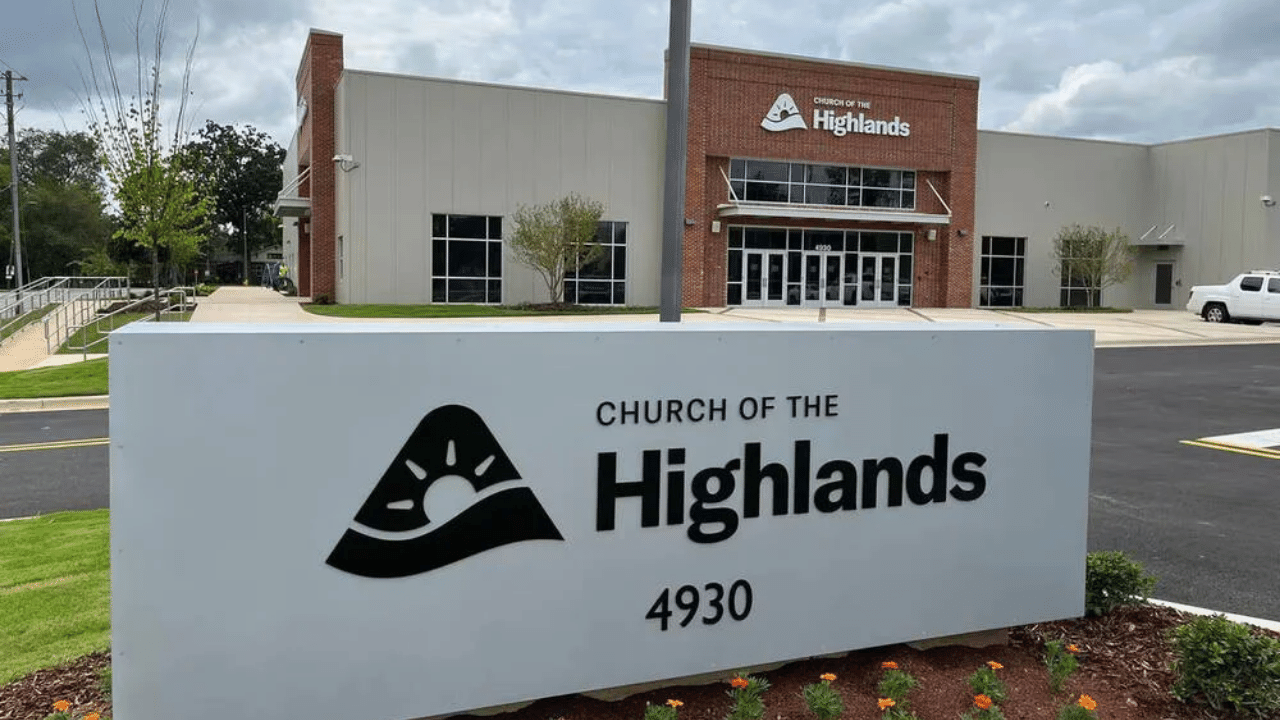In the bustling landscape of New York City’s construction industry, safety regulations are paramount to protect workers and the public. Local Law 196, enacted in 2017, stands as a pivotal piece of legislation aimed at enhancing safety standards and ensuring the well-being of those working on construction sites across the city. This law has significantly impacted the construction industry, reshaping safety protocols and training requirements. Let’s delve deeper into how Local Law 196 has influenced construction safety standards.
The Foundation of Local Law 196
Local Law 196 was introduced in response to a string of construction accidents in New York City, underscoring the urgent need for improved safety measures. The law’s primary goal is to enhance safety training for workers at construction sites. It mandates that workers, supervisors, and site safety managers must undergo specific training to mitigate risks and prevent accidents.
Training Requirements
One of the key aspects of Local Law 196 is its comprehensive training requirements. Workers are required to complete a 40-hour Site Safety Training (SST) course approved by the New York City Department of Buildings (DOB). This course covers essential topics such as fall prevention, scaffold safety, and identifying hazards. Supervisors and site safety managers have additional training obligations, including a 62-hour SST course.
Impact on Worker Safety
Local Law 196 has had a profound impact on worker safety within the construction industry. The New York City Department of Buildings Site Safety Coordinator aims to reduce accidents and injuries on construction sites. Trained workers are better equipped to recognize and address potential hazards, fostering a culture of safety across job sites.
Enhanced Supervision and Oversight
With the implementation of Local Law 196, construction site supervision and oversight are emphasized. Site safety managers play a critical role in ensuring that safety protocols are followed and that workers adhere to best practices. The law encourages a more structured approach to safety management, fostering accountability among those responsible for site operations.
Innovative Safety Technologies
Local Law 196 has spurred the adoption of innovative safety technologies within the construction industry. As companies strive to meet training requirements and enhance safety protocols, they are also exploring technological solutions such as wearable devices, real-time monitoring systems, and digital safety platforms. These technologies complement traditional safety measures, providing real-time insights and alerts to mitigate risks effectively.
Empowering Workers
The implementation of Local Law 196 has empowered workers by equipping them with essential safety knowledge and skills. Trained workers are more confident in identifying potential hazards and taking proactive measures to address safety concerns. This empowerment enhances individual safety and contributes to a collective sense of responsibility toward maintaining safe working environments.
Integration of Safety Culture
Beyond the technical aspects of training, Local Law 196 seeks to foster a culture of safety within the construction industry. By prioritizing safety through mandated training, the law encourages employers and workers alike to prioritize safety in all aspects of their work. This cultural shift is instrumental in reducing accidents and promoting overall well-being.
Challenges and Compliance
While Local Law 196 represents a significant step forward in construction safety, it also presents challenges for employers and workers. Compliance with training requirements can be demanding, requiring investment in time and resources. However, the benefits of enhanced safety far outweigh the challenges, as evidenced by the law’s positive impact on reducing accidents.
Measuring Effectiveness
Assessing the effectiveness of Local Law 196 requires ongoing evaluation of safety outcomes in the construction industry. The law’s success can be measured through metrics such as accident rates, compliance levels, and overall improvements in safety culture. By monitoring these indicators, policymakers can refine safety initiatives and ensure that the law continues to deliver meaningful results.
Future Outlook
Looking ahead, Local Law 196 sets a precedent for proactive safety measures in construction. As technology evolves and new risks emerge, ongoing adaptation and innovation will be essential to maintain and enhance safety standards. Continued collaboration between industry stakeholders, regulators, and policymakers will be crucial in shaping the future of construction safety.
In Summary
Local Law 196 represents a landmark effort to elevate construction safety standards in New York City. By prioritizing comprehensive training and fostering a culture of safety, the law has reshaped the landscape of construction operations. While challenges persist, the law’s impact on worker well-being and accident prevention is undeniable. A sustained commitment to safety will be vital to building a safer and more resilient construction industry.











